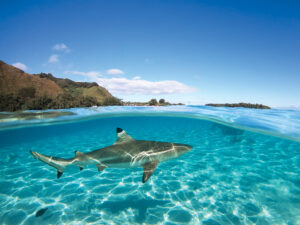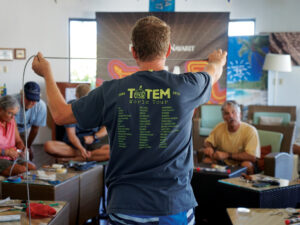
Protecting ourselves from the sun is an essential part of life for most cruisers. We live connected to the natural world and most cruisers are concious of the environmental impact of our choices, such as choosing a sunscreen that’s not harmful to coral reefs. Finding non-toxic sunscreen is actually really hard. Sadly many sunscreens, including mass market brands, contain ingredients that are destructive to the marine environment. It’s not uncommon for a brand’s packaging and marketing to suggest they’re an environmentally safe choice — even if they’re not. The question of choosing a reef-safe sunscreen came up recently on Kids4Sail, a popular forum for family cruising boats on Facebook. Participants were discussing which reef-safe sunscreens they preferred. Unfortunately, more than half of the brands suggested in the conversations contain toxic ingredients. When the conversation came up again on our coaching community group, I knew this was a story I had to write. How did this become so problematic? How can you find non-toxic sunscreens and get an honest evaluation on their ingredients?
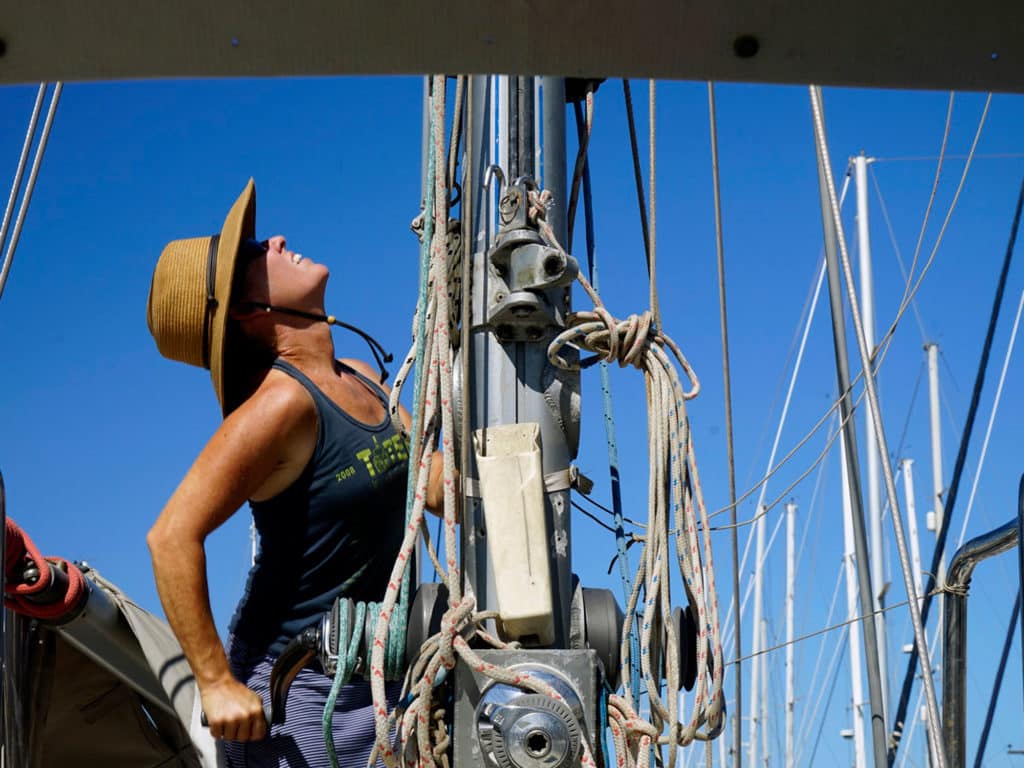
Check the labels: Reef-safe and Reef-friendly— You can’t always accept at face value the claims printed on a product. The terms used aren’t always regulated and brands can get away with generalized claims such as safe, environmentally friendly, and green. Of course, some sunscreens are safe and non-toxic. It’s important to read the ingredients and know what to look for, as labels and advertising can be deceiving. Keep an eye on catchy designs and icons, as they can be misleading. Double-check claims such as organic (which is amazing that this is possible when items on the ingredient list are all but unpronounceable); non-GMO (which has little-to-no relevance to sunscreen); vegan; and cruelty free. One sunscreen label I noticed read “thoughtfully formulated” and is decorated with a leaf to show how green they are. Again, no relevance to the actual safety levels of the ingredients or the product. Another is labeled “environmentally conscious” and has a wave icon: attractive, but not proof of a product’s safety. If you search Google for reef-safe sunscreen and reef-friendly sunscreen, the advertisements that pop up first are often a result of the product’s marketing team having purchased those keywords for ad placements. These products may or may not be reef-friendly.
Look for resources that account for reef safety: The Environmental Working Group is a great resource to learn about the human and environmental safety considerations for household and personal care products. Their Skin Deep database is legendary. But their ratings on sunscreens do not take reef toxicity into account. It’s really a drag that their ratings are blind to reef toxicity and currently cannot be used as a reference for choosing reef-safe sunscreen.
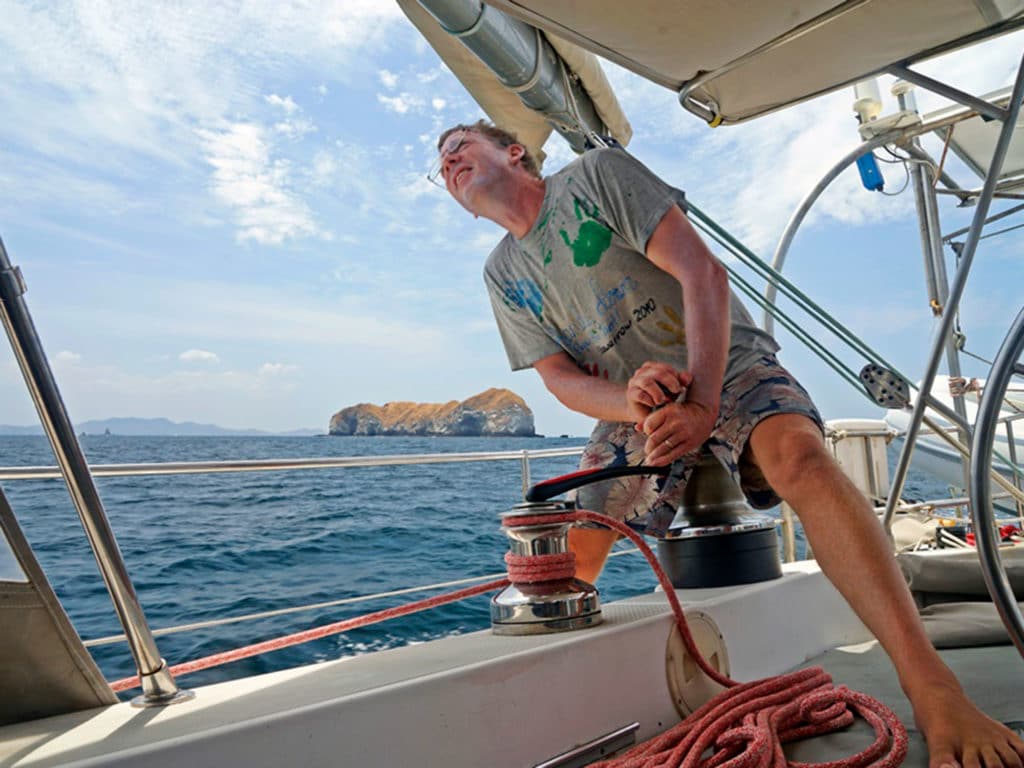
Mineral sunscreen isn’t a shortcut: In the past I have searched for safe products by focusing on mineral sunscreens but some mineral sunscreen products also contain active ingredients that are toxic. Mineral sunscreens generally refer to sunscreens that contain zinc oxide and titanium dioxide. These active ingredients offer sun protection and are reef safe. But it’s important to determine whether or not the product contains nano particles. Nano particles have been determined to be toxic to marine life and are associated with coral bleaching.
Ingredients to avoid
What should you avoid? Here’s an alphabetical list of chemical ingredients to avoid from the Haereticus Environmental Laboratory, a non-profit, scientific organization whose mission is to conserve wildlife and ecosystems:
- 4-methylbenzylidene camphor
- Benzyl Paraben
- Butyl Paraben
- Ethyl Paraben
- Methyl Paraben
- Octinoxate
- Octocrylene
- Oxybenzone
- Para-aminobenzoic acid (PABA)
- Propyl Paraben
- Triclosan
- Any form of microplastic sphere or beads
- Any nanoparticles like zinc oxide or titanium dioxide
In addition, Phenoxyethanol, which is banned in Palau, is an ingredient traditionally used to stun fish; check your sunscreen and avoid ones with this ingredient.
Are any brands dependably safe?
Fortunately, yes. The problem is they’re harder to find. Many are not mass-market brands. You cannot count on sourcing them locally and may have to order them through the mail. Plan ahead and stock up.
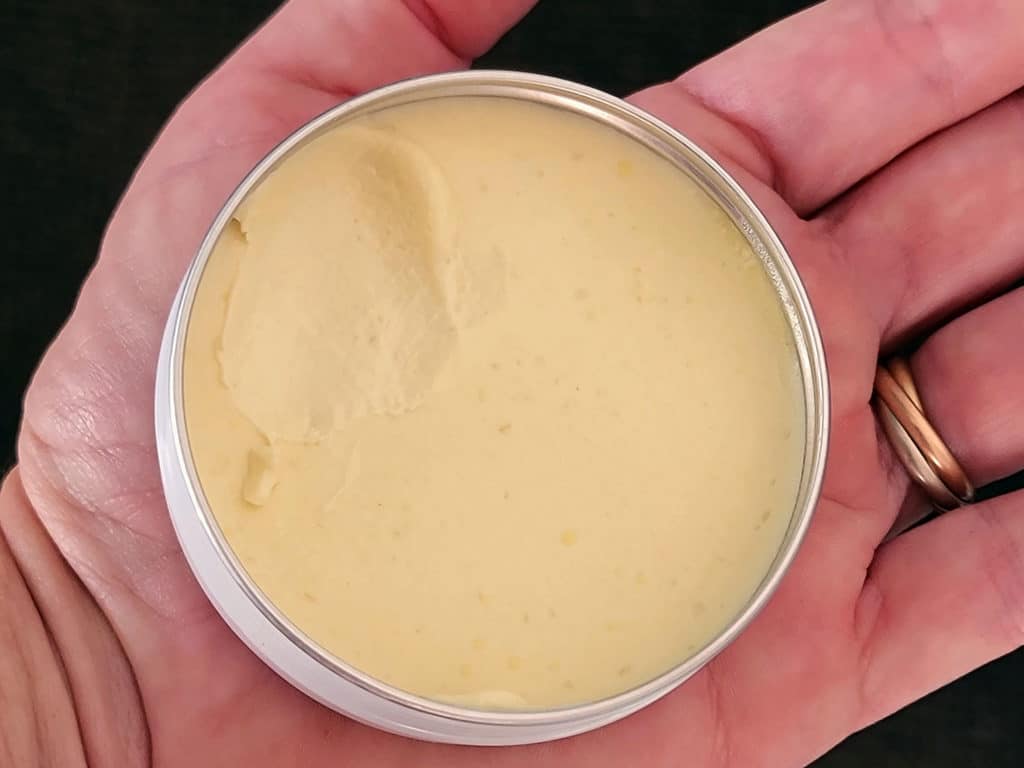
Safe sunscreens to try
The conversation on Kids4Sail that inspired this post introduced me to a new brand: Cocobaby. Recommended by a cruiser, it had been started by another (former) cruiser who was also fed up with how hard it was to find something safe that worked for her family. I did my research and the ingredients checked out. We’re fortunate to have dependable access to mail right now and I stocked up. Unfortunately the good stuff is not the cheap stuff, but I am loving their sunscreen and their lip balm. In addition to Cocobaby, I purchased eight different sunscreens (and some lip balms) to test out from a range of brands that I have determined through my research are 100 percent reef-safe. I plan to compare the products and stock up for this year’s voyaging. That post is forthcoming.
Want to learn more? Here is a selection of helpful articles to better understand this issue, for those who want to dive deeper and share this important information.
- The Sierra Club has a good primer on sunscreen.
- The Ocean Foundation spells out how sunscreen kills reefs.
- Learn about sunscreen pollution killing coral.
- NOAA’s nice infographic shows how chemicals affect marine life.
- Surfer and environmentalist, Liz Clark, has a great discussion on sunscreen and how it impacts the marine environment.
- Clean Sailors writes about this topic.
Looking for safe products?
- Safe Sunscreen Council’s member brands appear to check out as safe.
- Safe the Reef’s guide includes more than a dozen reef-safe sunscreens.
The HEL lab has a certification program for reef safe sunscreens.

